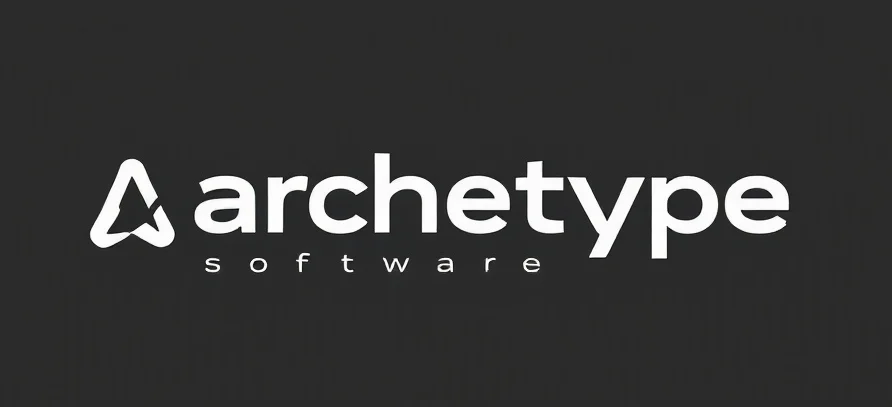Turning Feedback into Fuel: The Art of Product Improvement
In the world of ecommerce, where every click is a potential sale or a missed opportunity, honing your product can feel like solving a Rubik’s cube in the dark. Fortunately, the secret to illuminating this puzzle lies in developing a robust product improvement plan. By demystifying customer feedback and leveraging it effectively, businesses can transform vague suggestions into actionable insights.
Decoding Customer Feedback: The AI Way
Imagine AI as your sharp-suited intern, ready to comb through mountains of customer feedback, distilling it into meaningful data points. This intern doesn’t need coffee breaks and can sift through sentiment analyses with laser precision. However, don’t mistake it for an oracle. It still requires human oversight to ensure that the nuances of customer feedback aren’t lost in translation. The secret sauce here is collaboration, where AI processes the bulk, and humans add the context.
Analyzing the Data: From Noise to Notes
Once AI has done its part, it’s time for the human touch. With a comprehensive understanding of the feedback, businesses can identify patterns, trends, and anomalies that AI might overlook. This is where the magic happens. Think of it as turning noise into a symphony. By categorizing feedback, prioritizing issues, and identifying what’s truly critical, you can make informed decisions about what to tackle first.
Implementing Changes: The Agile Approach
Incorporating feedback into product development isn’t just about making changes. It’s about doing so in a way that aligns with your business goals and customer expectations. Enter the agile methodology—a strategy that emphasizes incremental improvements through iterative cycles. By testing changes in controlled environments, businesses can ensure that enhancements resonate with users and add real value.
Continuous Feedback Loop: The Circle of Improvement
Improvement is a journey, not a destination. Establishing a continuous feedback loop is crucial. This involves regular check-ins with customers, constant monitoring of product performance, and being ready to pivot when necessary. It’s like maintaining a conversation with your users—keeping them engaged and ensuring their needs are consistently met.
Actionable Recommendations
- Leverage AI to handle large volumes of feedback but maintain human oversight to capture nuances.
- Use data analytics to identify patterns and prioritize key improvements.
- Adopt an agile approach to implement changes in manageable increments.
- Establish a continuous feedback loop to adapt and evolve with customer needs.
By following these steps, businesses can turn the often-daunting task of product improvement into a systematic process, turning feedback into fuel for growth. Remember, like AI, the journey to product perfection is iterative—and with each iteration, you get closer to hitting that sweet spot of customer satisfaction.
Checkout ProductScope AI’s Studio (and get 200 free studio credits)

